
Platycheirus clypeatus is a species of hoverfly. It is found across the Palearctic and in the Nearctic. The larvae feed on aphids. Adults are usually found on the edges of woodland or scrub, heath or along hedgerows where they visit a wide range of flowers.

Platycheirus is a large genus of hoverflies. They are also called sedgesitters.

Sphaerophoria is a genus of hoverflies. Species slender 5.6-12mm long with extremely large hemispherical male terminalia after which the common name globetail has been created. There are bright yellow markings on head and thorax and usually on the abdomen but some species have a black abdomen. They can be found worldwide but are common in North America, Europe, Asia and Australia. There are over 73 described species.

Melanostoma mellinum is a very common species of hoverfly found in many parts of Britain, Europe including the Mediterranean basin and North Africa, the East Palearctic, and North America.

Chrysogaster solstitialis is a European species of hoverfly.

Platycheirus occultus is a Palearctic species of hoverfly.
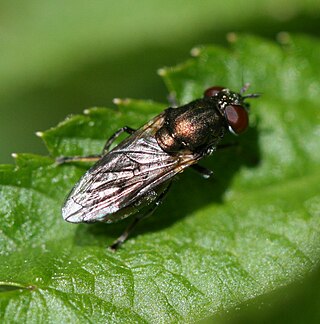
Orthonevra nobilis is a species of hoverfly.
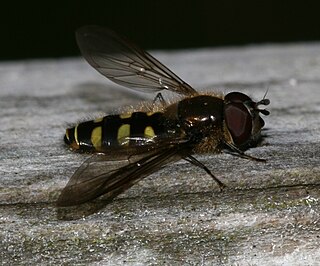
Melangyna lasiophthalma is a Holarctic species of hoverfly.
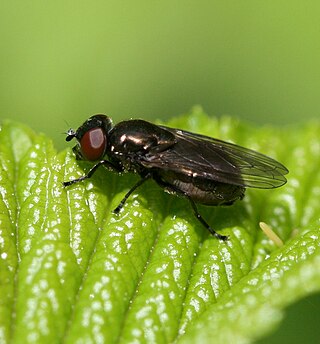
Melanogaster hirtella is a European species of hoverfly.
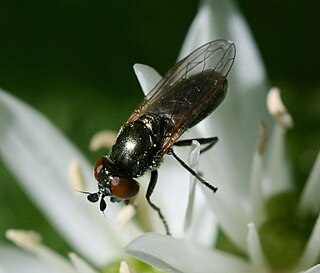
Lejogaster metallina is a Palearctic species of hoverfly.

Platycheirus angustatus is a species of hoverfly. It is found in many parts of the Palearctic, and in the Nearctic.
Platycheirus europaeus is a Palearctic species of hoverfly. It is found in many parts of Europe and eastern Asiatic Russia The habitat is brook floodplains and wet flushes in montane grassland and beside streams or flushes in forest in the Carpinus and Quercus zone up into the Fagus and Picea/ Pinus zone. Flies among grasses from May to August. Flowers visited include Graminae and Cyperaceae, Ranunculus, Taraxacum.

Paragus haemorrhous, the Black-backed Grass Skimmer is a common widespread species of hoverfly found in many parts of Europe, Africa and the Nearctic. Hoverflies can remain nearly motionless in flight. The adults are also known as flower flies for they are commonly found on flowers from which they get both energy-giving nectar and protein-rich pollen. The larvae are predators on aphids.

Orthonevra geniculata is a species of hoverfly found in the Palearctic.
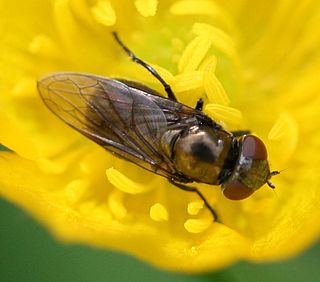
Chrysogaster virescens is a European species of hoverfly.
Sphaerophoria bankowskae is a European species of hoverfly.

Neoascia tenur is a Palearctic species of hoverfly.

Mallota cimbiciformis is a Palearctic hoverfly.














